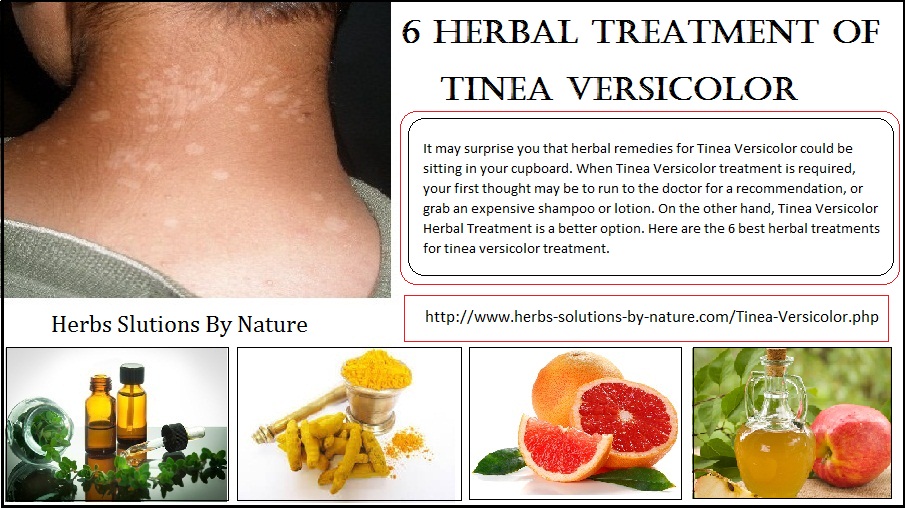6 herbal treatment of tinea versicolor
Tinea versicolor, also known as pityriasis versicolor, is a common fungal infection that affects the skin. It is caused by an overgrowth of the yeast Malassezia, which normally lives on the skin without causing any harm. However, certain factors such as oily skin, high humidity, and a weakened immune system can trigger the overgrowth of this yeast, leading to the development of tinea versicolor.
Tinea Versicolor Herbal Treatment

If you are looking for a natural way to treat tinea versicolor, then you've come to the right place. In this article, we will explore six herbal treatments that can help combat this fungal infection.
1. Coconut oil

Coconut oil is a fantastic natural remedy for tinea versicolor due to its antifungal properties. It contains caprylic acid, which can effectively kill the yeast responsible for this infection. Simply apply a thin layer of coconut oil to the affected areas of your skin and leave it on overnight. Repeat this process daily for several weeks until the infection clears up.
2. Aloe vera
Aloe vera is another excellent herbal treatment for tinea versicolor. It has antifungal and soothing properties that can alleviate the symptoms associated with this infection. Extract the gel from an aloe vera leaf and apply it directly to the affected skin. Leave it on for 20-30 minutes before rinsing it off with lukewarm water. Repeat this process twice daily for optimal results.
3. Tea tree oil
Tea tree oil is renowned for its antifungal and antimicrobial properties, making it a great natural remedy for tinea versicolor. Mix a few drops of tea tree oil with a carrier oil like coconut oil or olive oil, and apply it to the affected areas of your skin. Leave it on for 30 minutes before rinsing it off. Repeat this process twice daily until the infection clears up.
4. Garlic
Garlic is a potent natural antifungal agent that can help combat tinea versicolor. Crush a few garlic cloves and apply the paste to the affected skin. Leave it on for 15-20 minutes before washing it off. Repeat this process twice daily until the infection disappears.
5. Neem
Neem is a traditional medicinal herb with powerful antifungal properties. Boil neem leaves in water for 15 minutes, strain the solution, and allow it to cool. Apply the cooled neem water to the affected areas using a cotton ball. Leave it on for 20-30 minutes before rinsing it off. Repeat this process twice daily until you see improvement.
6. Turmeric
Turmeric contains a compound called curcumin, which exhibits powerful antifungal and anti-inflammatory properties. Create a paste by mixing turmeric powder with water. Apply this paste to the affected skin and leave it on for 30 minutes before rinsing. Repeat this process twice daily until the infection subsides.
Now that you are armed with these herbal treatments for tinea versicolor, you can effectively combat this fungal infection without resorting to harsh chemicals. Remember to be consistent with your chosen remedy and be patient, as natural treatments may take some time to yield results. Here's to healthy and glowing skin!